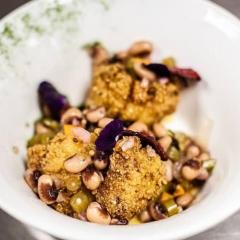-
Welcome to the eG Forums, a service of the eGullet Society for Culinary Arts & Letters. The Society is a 501(c)3 not-for-profit organization dedicated to the advancement of the culinary arts. These advertising-free forums are provided free of charge through donations from Society members. Anyone may read the forums, but to post you must create a free account.
Modernist Cuisine gone too far?
-
Similar Content
-
- 9 replies
- 624 views
-
- 791 replies
- 159,107 views
-
- 30 replies
- 9,283 views
-
- 2 replies
- 1,999 views
-
- 46 replies
- 18,847 views
-
-
Recently Browsing 0 members
- No registered users viewing this page.





Recommended Posts